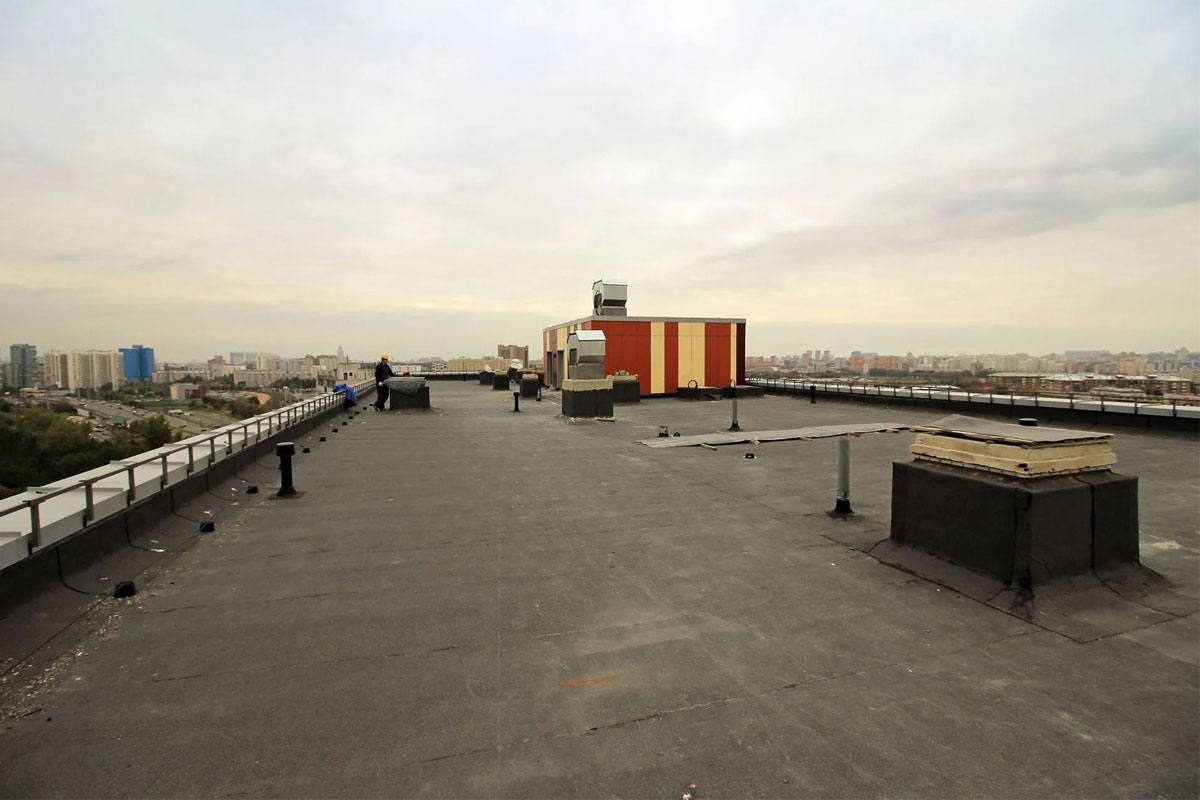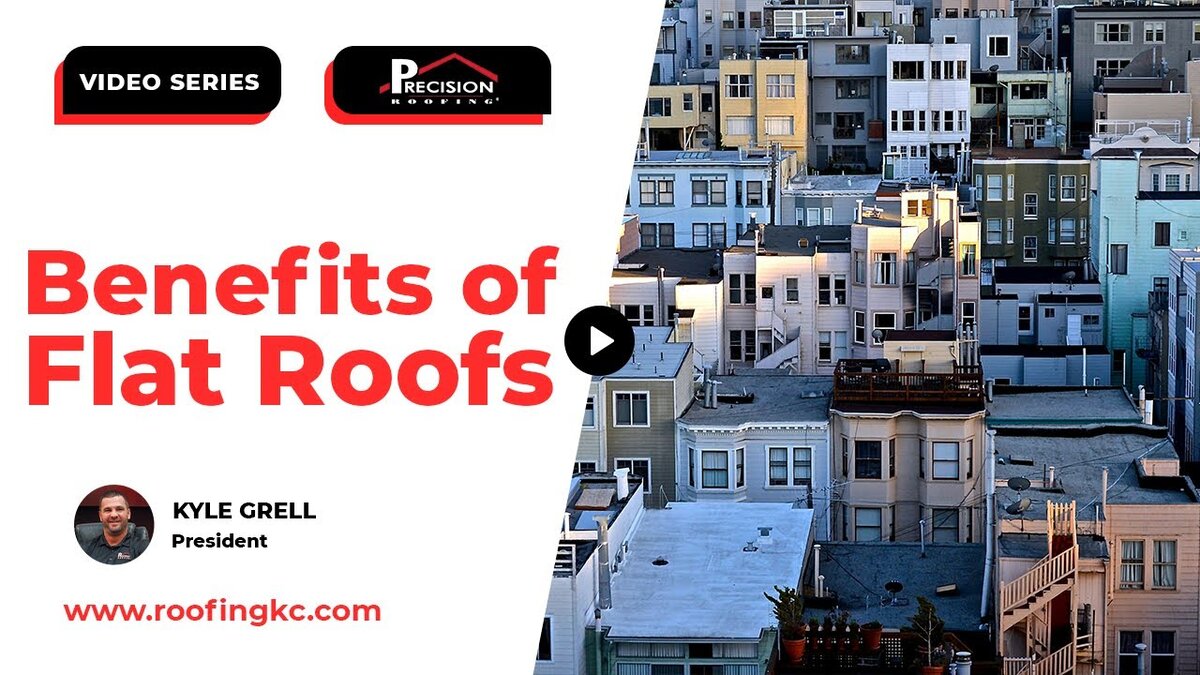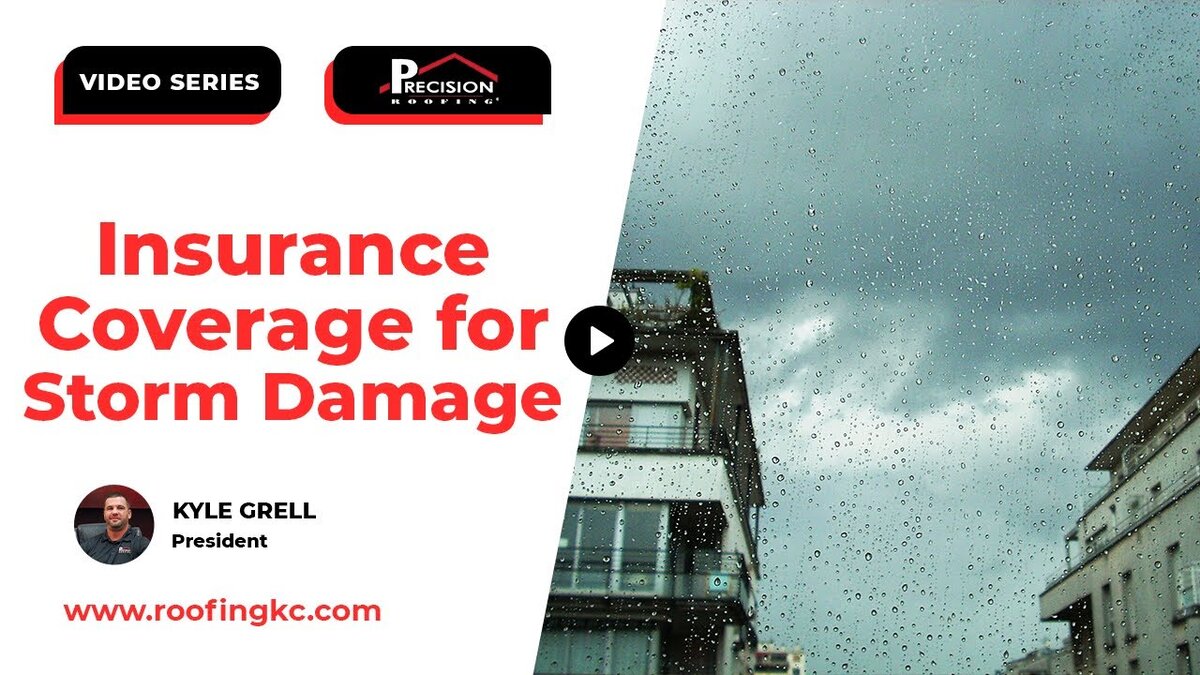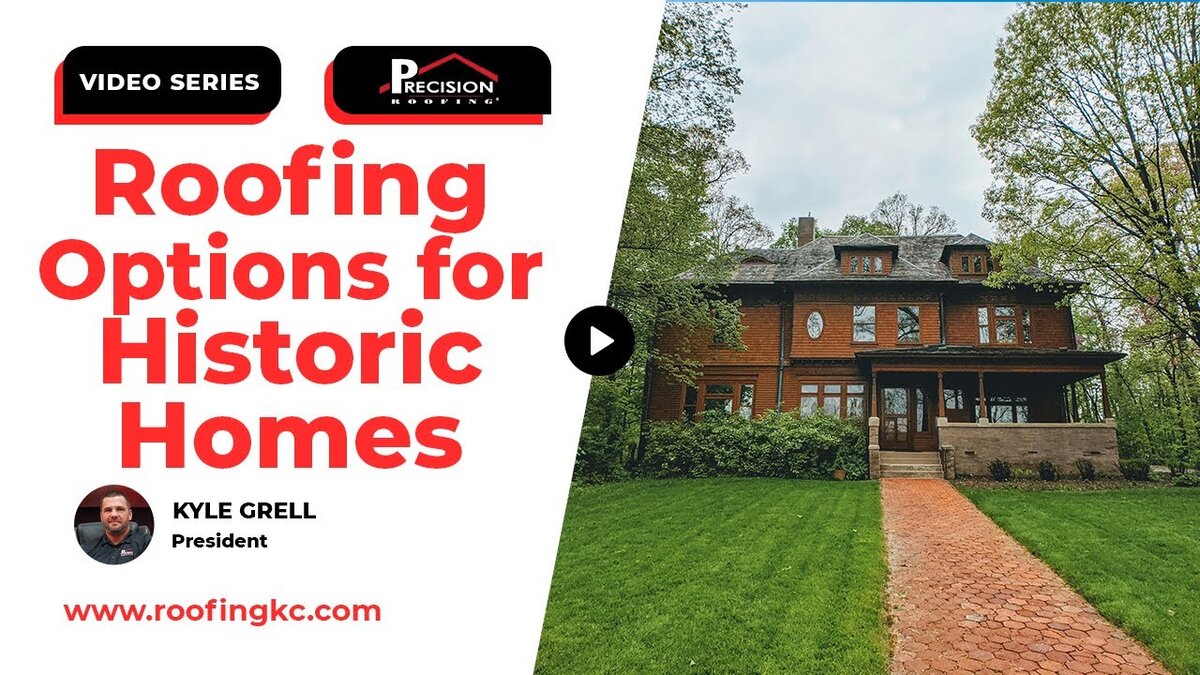Your home’s roof is an integral part of its construction and proper maintenance should be a priority. Two common types of flat roofing systems are Thermoplastic Polyolefin (TPO) and Ethylene Propylene Diene Monomer (EPDM) membranes. How do you decide which one is right for your home? Let’s take a look at both materials and compare their advantages, color options, costs, and installation techniques.
How Much Do These Roofs Cost?
When it comes to price points and overall affordability, TPO is generally cheaper than EPDM. On average, you can expect to pay between $6-$7 per square foot for an installed TPO membrane, according to Angi, compared to between $5-$9 per square foot for EPDM, according to remodelingcosts.org. In addition, TPO membranes typically require fewer fasteners and accessories than EPDM options, resulting in further cost savings.
The cost can also vary depending on the size and complexity of the roof, as well as other factors such as labor costs. It’s always a good idea to get several quotes from different contractors before making a final decision.
What Goes Into Installation?
In terms of installation requirements, both TPO and EPDM membranes are relatively easy to install. However, it’s important to remember that TPO membranes must be installed in a specific way. Installers must heat-weld the edges of the membrane together with an extrusion gun, and seal any fasteners or accessories.
When it comes to EPDM, the material is available in two forms; a single-ply membrane and a reinforced panel. Installers must glue the single-ply version to the roof, while the reinforced panels are installed with mechanical fasteners. Both versions also require adhesive around all the seams.
Regarding installation speed, TPO membranes can be installed more quickly, which results in faster job completion and minimized labor costs. This is primarily because TPO membranes require fewer accessories and fasteners than EPDM.
How Durable Are These Materials?
The durability of roofing material is an important thing to consider. TPO and EPDM are both known for their long-term durability, but there are a few key differences between the two materials. TPO membranes can withstand extreme temperatures and UV radiation better than EPDM and have excellent overall resistance to chemicals and oils.
EPDM doesn’t perform as well in extreme temperatures, but it’s known for its flexibility and resistance to ozone damage. Both materials can last up to 20 years with proper installation. However, TPO membranes are generally considered more durable.
What Are the Color Options?
TPO membrane is available in a wide range of colors, including white, tan, gray, and black. However, EPDM is only available in black or white. This means that you may have a bit more flexibility when it comes to the color of your roof if you choose TPO.
How Did These Materials Come Onto the Market?
According to TPORoofing.org, the TPO membrane was first introduced to the roofing market in the early 1990s as a more economical and efficient alternative to PVC roofing products. It quickly became popular among contractors due to its durability, ease of installation, and affordability.
TPO is composed of a combination of rubber, plastic, and other additives. These elements are then heated and processed to form a flexible, waterproof membrane.
EPDM is a synthetic rubber that has been used as a roofing material since the 1960s. It’s known for its flexibility, resistance to ozone damage, and overall durability. Over time, EPDM has become one of the most popular flat roof materials due to its long-lasting performance. It’s made from recycled rubber materials, including sawdust and wood chips.
Why Install a Flat Roof?
Flat roofs are becoming increasingly popular for their ease of installation, affordability, and overall durability. They provide a great option for those who want to save money on materials and labor costs while still getting the job done right. In addition, flat roofs require less maintenance than sloped roofs, making them an excellent choice for anyone looking to enjoy the benefits of a long-lasting, low-maintenance roof.
How Can You Decide Between TPO and EPDM?
When deciding between TPO and EPDM flat roofing systems, it’s important to consider the differences in cost, installation requirements, durability, and color options. Ultimately, your choice will depend on the specific roofing needs of your home or business.
Both materials offer excellent performance and durability, so you can be sure that whichever option you choose will provide years of reliable service.
Does Weather Affect TPO and EPDM Roofs?
Yes, the weather can impact both TPO and EPDM flat roofing systems. TPO membranes are known for their excellent resistance to extreme temperatures and UV radiation. However, they can become brittle over time if exposed to direct sunlight or extreme cold. EPDM is less resistant to temperature changes, but it’s extremely resilient and can tolerate drastic changes in weather conditions.
If you live in a climate that experiences extreme temperatures, you may want to consider using a TPO roofing system for your flat roof. On the other hand, if you live in an area that experiences moderate weather conditions, then EPDM may be the best choice for your home.
How Can You Protect Your TPO or EPDM Roof?
To get the most out of your flat roof, you should take steps to protect it from the elements. The best way to do this is by regularly inspecting and maintaining your roof. You should also install a reflective coating over your TPO or EPDM roof to help reduce heat absorption and protect it from UV damage. This can help extend the lifespan of your flat roof, ensuring that it remains in good condition for many years.
Are Flat Roofs Common?
Flat roofs have become increasingly popular in recent years, particularly for commercial and industrial buildings. You may see a flat roof in areas with high rainfall, where the lack of slope makes it easier to manage water runoff. Flat roofs are also popular in areas with extreme temperatures, as they can help reduce heat absorption.
Can All Roofers Install TPO or EPDM Flat Roofs?
No, not all roofers can install TPO or EPDM flat roofing systems. It’s essential to hire a roofer that has experience and expertise in working with these materials, as they require specialized tools and knowledge. Only a trained professional will be able to ensure that your new flat roof is properly installed and offers the best protection for your home or business.
Can You Switch From a Sloped Roof to a Flat Roof?
Yes, you can switch from a sloped roof to a flat roof. However, this process is more complicated than installing a flat roof from scratch. This adjustment may not always be possible, depending on your current roof’s structure and design. For this reason, consult with a reliable and licensed flat roof contractor before planning any changes.
TPO and EPDM are excellent flat roofing materials that offer long-term durability and performance. When deciding between the two, it’s important to consider your specific needs and budget. Both materials are capable of providing excellent protection against the elements, but TPO offers a wider range of color options while EPDM lasts longer in extreme temperatures. Ultimately, no matter which material you choose, proper maintenance and inspection will help keep your flat roof in top condition for years to come. Contact Precision Roofing for more information today.
